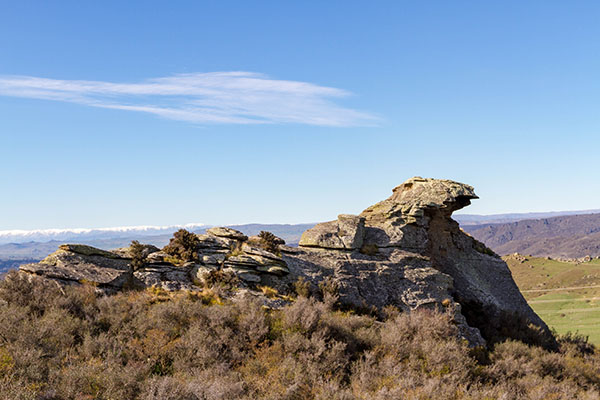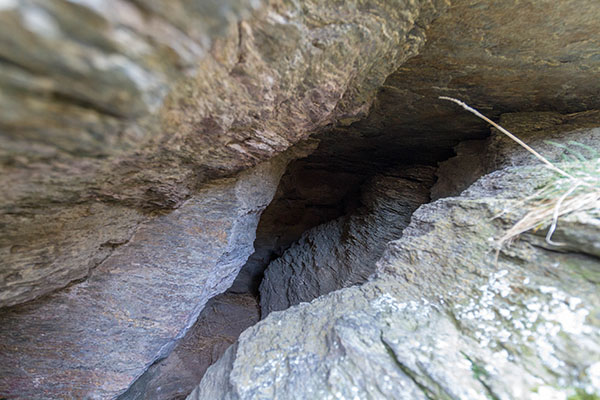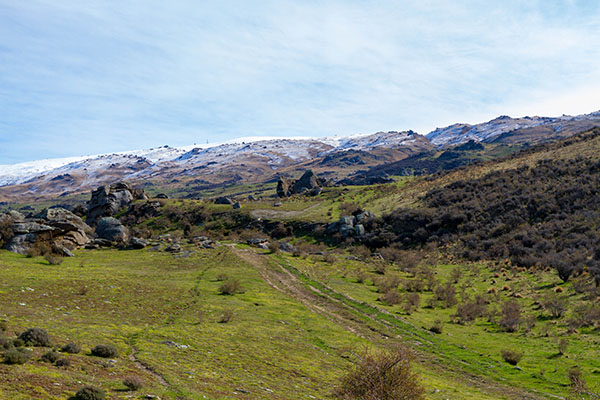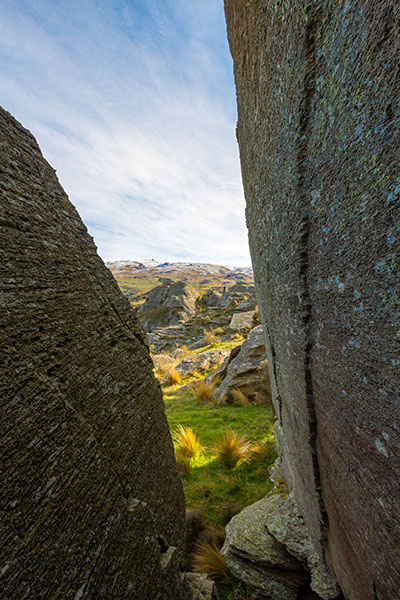Cave bones and Moa's
This is a hard to get to, not much really here, well, aside from a pretty awesome historic cave that they found lots of Moa bones in. So a few words of warning come along with this; there is no trail, no markers, no water, it's on private land and most of the bushes around here are spiky. This cave is hard to find, in fact it was lost for over 100 years. If you plan to go here, be prepared, it is a barren land of rocks and exposed ridges. Take water and some snacks, a map or GPS and if you plan to enter the cave, take a buddy with ya.
Directions
The best place to start this adventure is parking up at Conroys Dam, off of Conroys Rd, Off of highway 8 near Butchers Dam. You will then want to enter the Aldinga Conservation Area and walk up the Conroys Loop Track. When you pass over the service road for the transmission lines, follow this up till it exits the conservation area. This is where private land starts, the Earnscleugh Station. From here walk up to the spot I have placed on the GPS, have a look around and good luck. The cave entrances are just holes in the ground surrounded by bracken, they don't look like much, and you will probably walk passed them a few times.






